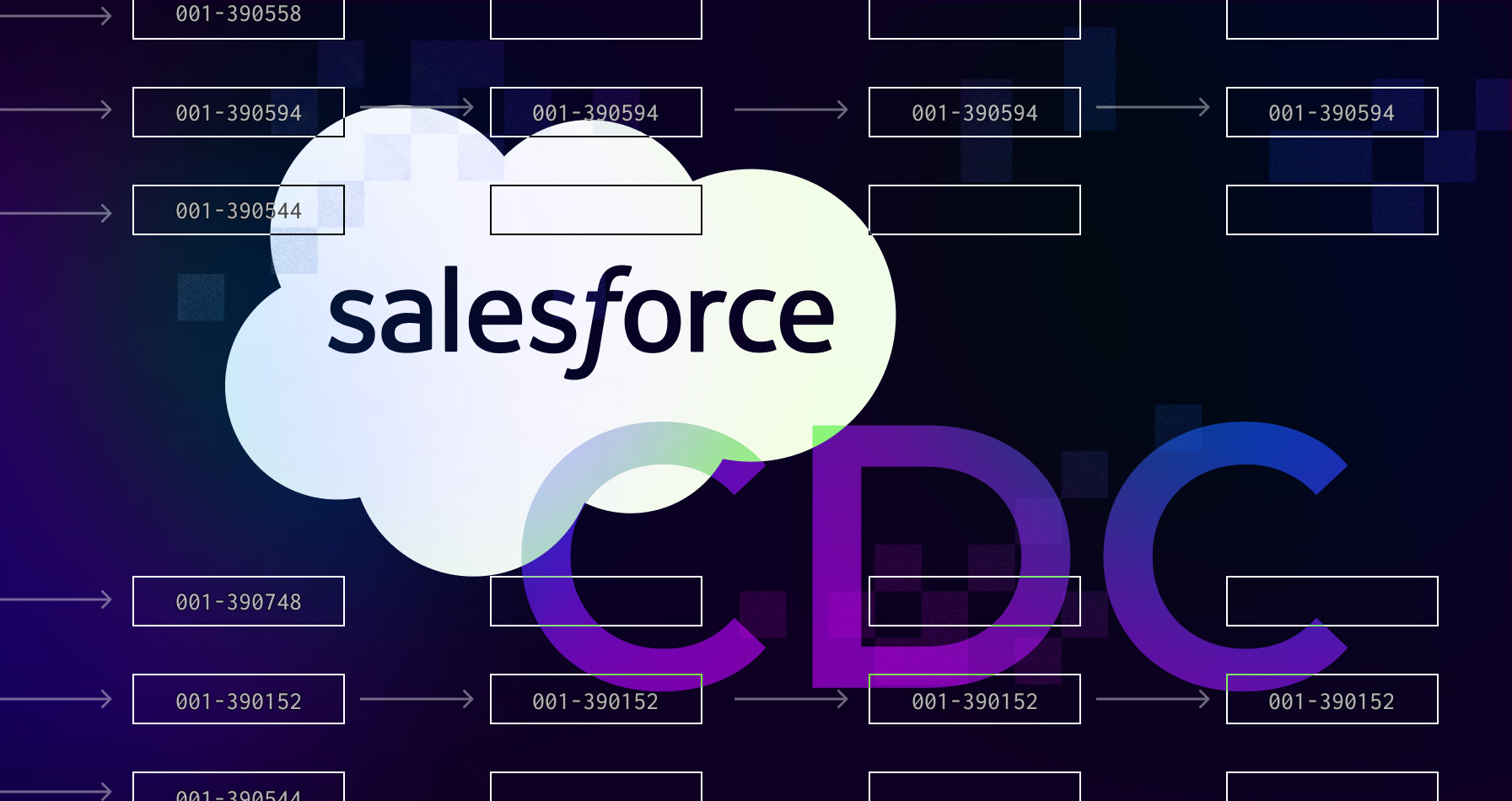Contents
Salesforce Change Data Capture (CDC) plays a crucial role in data integration within the Salesforce ecosystem. By capturing and propagating real-time data changes, Salesforce CDC allows for seamless integration with external systems, data replication, and analytics. In this article, we will delve into the intricacies of Salesforce CDC, its working mechanism, benefits, implementation, and best practices.
How Salesforce CDC Works
Salesforce CDC operates through a robust change data capture mechanism. It leverages an event-based architecture, ensuring efficient and timely data capture. By utilizing the Streaming API and Platform Events, CDC captures changes made to Salesforce objects and fields, allowing for comprehensive data tracking and integration.
Supported Objects and Fields
Salesforce CDC supports both standard and custom objects. This means that any changes made to standard objects, such as leads, accounts, or opportunities, can be tracked and propagated. Additionally, custom objects tailored to specific business needs can also be included in the CDC process. Furthermore, CDC provides the flexibility to track changes at the field level, allowing for granular data synchronization.
Benefits of Salesforce CDC
- Real-time data integration: Salesforce CDC captures and propagates data changes in real-time, ensuring immediate availability of updated information for integration purposes.
- Improved data consistency: By accurately synchronizing data across systems, Salesforce CDC prevents data duplication and discrepancies, enhancing overall data consistency.
- Efficient data processing: With incremental data extraction and selective data transformation, Salesforce CDC optimizes resource utilization and improves the efficiency of data processing.
- Immediate data availability: CDC captures changes as they occur, enabling timely access to the most up-to-date information for integration and decision-making.
- Reduced latency: By minimizing the delay between data changes and their availability for integration, Salesforce CDC reduces latency in data synchronization processes.
- Accurate data synchronization: Salesforce CDC ensures that data remains consistent across multiple systems by accurately tracking and synchronizing changes made to Salesforce objects and fields.
- Avoidance of data duplication: With its tracking capabilities, Salesforce CDC helps prevent the creation of duplicate data by capturing and propagating only the necessary changes.
- Seamless external system integration: CDC facilitates the integration of Salesforce with external systems by capturing changes and allowing for data exchange and collaboration.
- Enhanced data warehousing and analytics: By capturing real-time data changes, Salesforce CDC enables organizations to perform in-depth analysis and gain valuable insights from their Salesforce data.
- Streamlined business processes: Salesforce CDC’s ability to capture and propagate data changes in real-time helps streamline business processes and enables timely decision-making based on the most current information.
Use Cases of Salesforce CDC
Salesforce CDC finds application in various scenarios. Data replication and synchronization between Salesforce and external systems are common use cases. By capturing changes in real-time, CDC ensures that data remains consistent across multiple systems. Moreover, CDC facilitates seamless integration with external systems, allowing for data exchange and collaboration. Furthermore, Salesforce CDC supports data warehousing and analytics, enabling organizations to perform in-depth analysis and gain valuable insights from Salesforce data.
Implementing Salesforce CDC
Enabling Change Data Capture requires specific configuration settings within Salesforce. By adjusting CDC settings, administrators can determine which objects and fields are tracked. Additionally, appropriate permissions need to be granted to enable CDC. Once CDC is enabled, developers can build CDC-enabled applications by leveraging event monitoring and triggering external processes based on captured data changes.
Best Practices for Salesforce CDC
To make the most of Salesforce CDC, certain best practices should be followed. When dealing with large volumes of data, integrating with Salesforce’s Bulk API is recommended to ensure efficient data transfer. Performance optimization techniques, such as asynchronous processing and batch updates, can also enhance CDC performance. Additionally, handling deletions and record updates should be carefully managed, considering soft deletes and utilizing change tracking mechanisms.
Real-Time ETL: Enhancing Data Integration with Salesforce CDC
Real-time Extract, Transform, Load (ETL) is a critical aspect of data integration, and Salesforce CDC plays a pivotal role in enabling real-time ETL processes. With CDC capturing data changes in real-time, organizations can seamlessly extract data from Salesforce and transform it according to their specific business requirements. This allows for immediate availability of updated data in the target system, ensuring that decision-making processes are based on the most current information. Real-time ETL powered by Salesforce CDC empowers organizations to maintain data accuracy, improve operational efficiency, and make data-driven decisions in a timely manner. By combining the capabilities of Salesforce CDC with robust ETL processes, organizations can truly harness the power of real-time data integration.
Conclusion
Salesforce CDC is a powerful tool for real-time data integration and synchronization within the Salesforce ecosystem. By capturing and propagating data changes, it enables organizations to maintain data consistency, streamline processes, and facilitate seamless integration with external systems. Implementing Salesforce CDC with proper configuration, permissions, and best practices ensures efficient data integration and unlocks the full potential of Salesforce as a comprehensive CRM platform.


